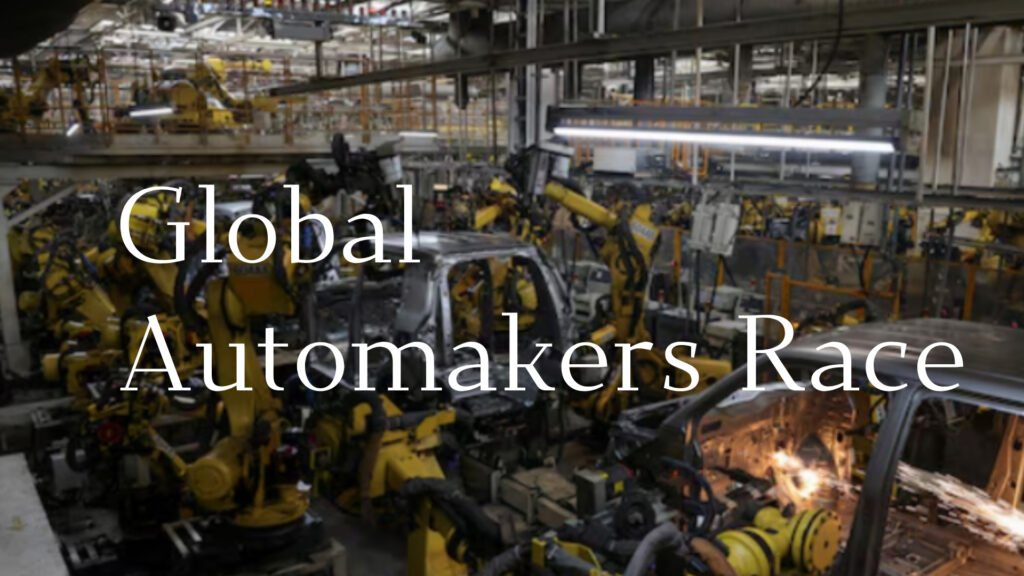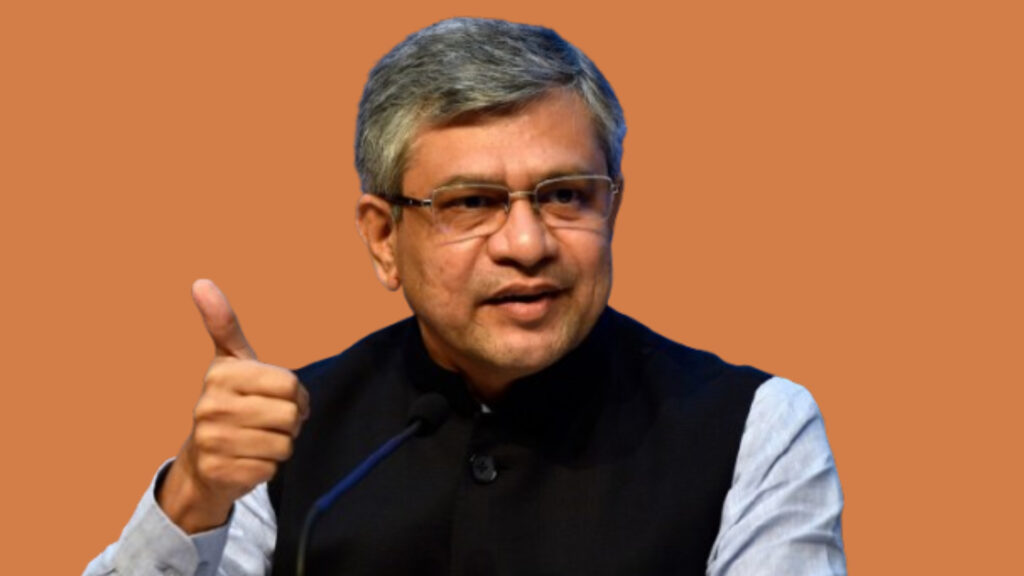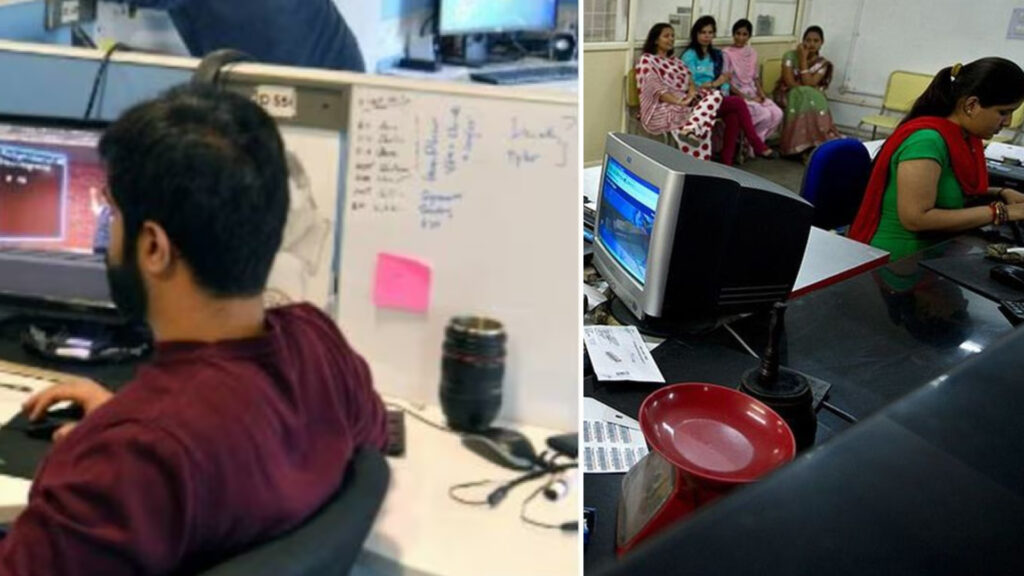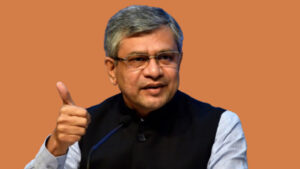Global Automakers Race : 5 Crucial Workarounds to China’s Rare-Earth Magnet Crisis
Global automakers race to find workaround to China’s stranglehold on rare earth magnets, a challenge that’s reshaping the entire electric vehicle (EV) industry’s supply chain. As China tightens export controls, the world faces an urgent scramble to secure a supply of these critical materials. This article dives deep into how car manufacturers are strategizing to avoid factory shutdowns and maintain production in an increasingly fraught geopolitical landscape.
Understanding the Critical Role of Rare Earth Magnets in EV Production
Rare-earth magnets, primarily made with dysprosium, terbium, and other rare-earth metals, are the heart of electric-vehicle motors. Their ability to operate efficiently at high temperatures is what allows modern EVs to deliver the power and range consumers demand.
China controls approximately 90% of the world’s supply and refining capacity of these rare earths, giving it unparalleled leverage over the global EV supply chain. This dominance impacts not only electric cars but also extends to other industries reliant on rare-earth magnets, from smartphones to defense systems.
Why Are These Magnets So Vital?
- High temperature resilience: Essential for electric motor efficiency and longevity.
- Compact power: Enables smaller, lighter motors without sacrificing performance.
- Widespread use: Found in various car parts including windshield wipers, headlights, and audio systems.
The Challenge: China’s Export Restrictions and Their Impact
In April 2025, China installed stringent export controls requiring companies to seek permission before exporting magnets containing rare-earth metals. These export restrictions have effectively throttled the supply, impacting manufacturers worldwide.
Notably, these controls apply specifically to magnets themselves, not to finished motor components. This legal nuance underpins some of the workaround strategies currently being considered.
Production and Supply Chain Disruptions
- Ford’s Chicago plant had to halt Ford Explorer production for a full week in May due to shortages.
- Automakers face a looming risk of assembly line shutdowns within weeks if the shortage persists.
- Both traditional automakers and EV startups are scrambling to source these critical parts.
5 Strategic Workarounds Auto Manufacturers Are Racing To Deploy
Facing immediate risks, automakers are exploring several innovative and pragmatic solutions to circumvent China’s rare-earth magnet export chokehold.
1. Partial Production Shift to China
One of the most discussed strategies is relocating part of the production process directly into China. Because export controls target magnets, not completed electric motors, companies can ship unfinished motors from the U.S. to China for magnets to be embedded.
- This effectively creates “finished parts” that can then be exported with fewer restrictions.
- However, this strategy risks running counter to the national agenda to bring manufacturing back home, illustrating the tough trade-offs in global supply chain politics.
2. Expanding Alternative Global Sources
Automakers are searching for magnet suppliers outside China, focusing on Europe and Asia. Although promising, these sources are currently unable to meet the enormous global demand from the EV industry.
- Potential suppliers in Japan, India, and some European countries are scaling up capacity.
- However, due to the complex refining and separation processes involved, ramping up supply will take time—months and years, not weeks.
You might also like: Tesla’s Surprising Ev
3. Reverting to Older Motor Technologies
Some manufacturers consider temporarily switching back to electric motors that do not use rare-earth magnets. These motors were phased out in favor of rare-earth magnet designs because they are less efficient and more expensive in the long run.
- This would reduce magnet dependency in the short term.
- However, it could lead to performance compromises and higher manufacturing costs.
4. Reducing Rare-Earth-Dependent Premium Features
Another immediate cost-saving workaround involves stripping out non-essential motors and components that rely on rare-earth magnets.
- Examples include adjustable seating motors and premium audio systems with high-end speakers.
- While not ideal, it’s a direct way to conserve magnets for the most critical vehicle functions.
5. Increasing Supply Chain Transparency and Innovation
Longer-term strategies underway involve investing in mining, refining, and recycling capabilities outside China.
- New technologies to extract rare-earth elements more efficiently from lower-grade ores are advancing.
- Recycling magnets from end-of-life vehicles could become a vital source of rare-earth metals.
The Geopolitical Undercurrents Affecting Supply Chains
This crisis is more than a supply issue—it’s a microcosm of global trade tensions, especially between the U.S. and China.
The rare-earth magnet export restrictions were perceived by many as retaliation against previous U.S. tariffs and trade pressures. While the U.S. government expected China to ease export controls following a 90-day tariff truce, license approvals have stalled.
Both sides accuse each other of violating agreements, with carmakers caught in the crossfire. Chinese authorities allege that U.S. restrictions on AI chips and visa revocations are also part of retaliatory measures.
What Automakers Are Saying
The Alliance for Automotive Innovation and MEMA (the Vehicle Suppliers Association) have formally warned the U.S. government about possible production halts due to the shortage.
One industry insider put it bluntly: “We can’t keep plants running if these rare-earth components don’t arrive. Shipping unfinished parts halfway around the world for magnet installation adds cost and delay but may be the only viable alternative.”
Why a Return to Gas-Powered Vehicles Isn’t a Simple Solution
Some might ask whether manufacturers could bypass the problem temporarily by building more gasoline-powered cars, which use fewer rare-earth magnets. The answer is complicated.
- Federal fuel-economy standards tightly restrict greenhouse gas emissions from auto fleets.
- Failing to meet these standards can lead to hefty fines.
- Automakers rely on regulatory credits purchased from EV manufacturers like Tesla to balance their emissions. However, these credits are sold out through 2027.
Therefore, scaling back EV production isn’t a feasible solution without incurring major financial and reputational risks.
What Does This Mean for the Automotive Industry?
The rare-earth magnet shortage crisis exposes a deep vulnerability in the global automotive supply chain. China’s dominance in rare earth processing isn’t just a short-term obstacle—it’s a structural challenge that demands a multi-pronged response.
- Short term: Production shifts and component modifications may help avoid immediate shutdowns.
- Medium term: Investments in alternative mineral sources, recycling, and refining capacity outside China must accelerate.
- Long term: Rethinking EV motor design and supply chain resilience will be critical to reduce geopolitical risk.
Industry experts stress that while workarounds provide breathing room, the sustainable solution lies in reducing dependence on a single dominant supplier.
The race by global automakers to circumvent China’s rare-earth magnet stranglehold is emblematic of broader supply chain complexities in the 21st century. With EVs central to the future of transportation and climate policy, ensuring stable, diversified access to rare-earth magnets will shape not only automotive manufacturing but global economic stability.
Car companies, governments, and researchers must collaborate more closely to innovate in sourcing, refining, and recycling rare earth elements, ensuring that the shift to clean energy isn’t held hostage to geopolitical bottlenecks.
Written with extensive research and analysis of recent developments in the automotive and geopolitical landscape, this article aims to provide a clear, engaging, and nuanced understanding of the challenges ahead.
Stay tuned for updates as this high-stakes supply chain saga unfolds.
Can check out: WSJ













